Chapter: Civil : Design Of Steel Structures
Important Question And Problems With Answer: Tension Members
Important
Question And Problems With Answer: Tension Members
TENSION
MEMBERS
1. Tie
member - Explain.
Tie member or a tension member is
a structural element carrying an axial tensile force. For the tensile force to
be axial it is necessary that the load be applied through centroid of the
section of the member. But under axial tension the member gets straightened and
eccentricity of the force decreases. The member is almost straight at the yield
point and the distribution of the stress over the section becomes uniform.
2. How the
tension members are classified?
It is classified according to its
shape and size and it depends upon the type of structures.
Wires and cables - Used in
hoists, derricks, suspenders in suspe nsion bridges
Rods and bars - Used in radi o tower,
small spanned roof trusses with differe nt cross-sections such as round, rectan
gular or square
3. What is
meant by single section member?
Structural
sections such as I-section, T-section, angle, and channel are used as tension
members. As the structural shapes provide more rigidity than
cables or r ods, their buckling tendency under compression load is reduced and
so can be used where reversal of stress takes place.
4. Under
what circumstanc es you would go for Built-up members?
When single structural secti ons fail to provide required
strength and stiffness to carry tension as well as compression in case of
reversal of stresses, built-up members are used.
5. How the tension members are
selected? It depends upon the various factors such as type of fabrication, type
of structure, type of loading, i.e. whether the member undergoes reversal of
stresses, and the maximum tension to be carried by the member.
6. Sketch the different form s a
single section member
9. What is
net sectiona l area of a tension member? How it is calculated in chain
riveting?
The gross
sectional area of the tension
member minus the
sectional area
of the maximum nu mber of rivet/bolt holes is
known as net sectional area.
In case
of chain riveting,
anet= (b - nd) t
10. What
is Lug angle?
A
larger length of the
tension member and
the gusset plat e
may be required
sometimes
to accom modate the required number of connection rivets. But this may not
be feasible
and economical. To
overcome this difficulty
lug angles are
used in
conjunction
with ma in tension members at the
ends. It provides
extra gauge lines
for accommodating the
rivets and thus
enables to reduce
the length of the
connection. They are generally used when the members are
of s ingle angle, double
angle or
channel sec tions.
11. What
are the main objectives of the lug angles?
They produce eccen tric
connections, due to rivets placed along lug angle. The centroid of the rivet s
ystem of the connection shifts, causing eccentric connection and bending
moments.stress distribution in the rivets connecting lug ang les is not
uniform. It is preferred to put a lug angle at the beginning of the connection
where they are more effective and not at th e middle or at the end of the
connection.Rivets on the lug angles are not as efficient as those on the main
member.The out-standing le g of the lug angle usually gets deformed and so the
load shared by the rivets on the lug angles is proportionately less.
12.What is meant byTen
sionsplice?
Splicing of
tension members is
necessary when the
required length of the
member is more than the length available or when
the member has different cross-
sections for different
parts of its length. If actual member is to be of greater length, two or more lengths
shall have to be spliced at the joints.
13. What is the net
effective area of a pair of angles placed back to back connected by one leg of
each angle subjected to tension?
Anet = A1 + A2 K
A1 - effective cross -
section area of connected legs A2 - Gross area of outstanding legs
K = 5A1 5A1 + A 2
14. What is the
permissible stress in axial tension?
As per IS: 800 - 1984,
the permissible stress in axial tension
?at = 0.6
fy N/mm2
fy =
minimum yield stress in steel in N /mm2.
15. How
will you join the member of different thickness in a tension member?
When tension member of different
thickness are to be jointed, filler plates may be used to bring the member in
level.
16.
What happens when a single angle with one leg is
connected to a gusset plate, which is subjected to an eccentric load?
The rivets connecting the angle
to the gusset plate does not lie on the line of action of load. This gives rise
to an eccentric connection due to which the stress distribution becomes
non-uniform. The net cross-sectional area of such a section is reduced to
account for this non- uniform stress distribution resulting from eccentricity.
17. What is the allowable stress in axial
tension for channel section?
The allowable stress in
axial tension for channel section is depends upon the diameter of the section
18. What are tacking rivets? Why are they
essential in compression members?
Rivets used to
connect long length
of members to
reduce the effective length of individual part
19. What will be the
maximum pitch when the angles are placed back to back?
The maximum pitch when
the angles are placed back to back is 1mm.
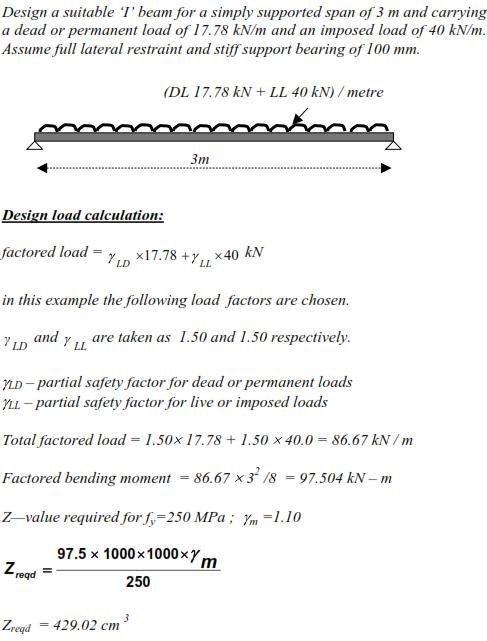
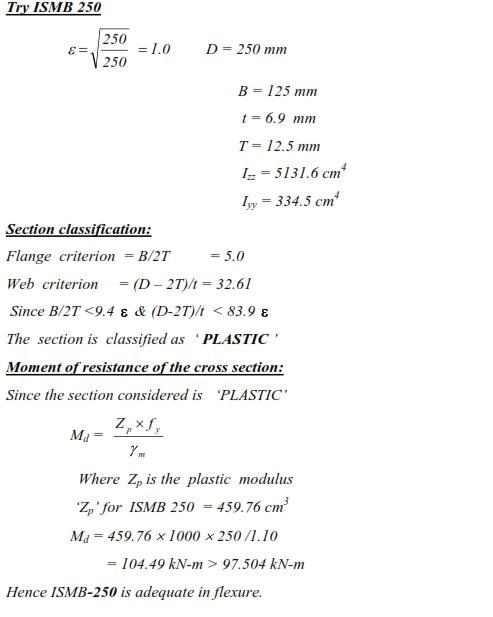
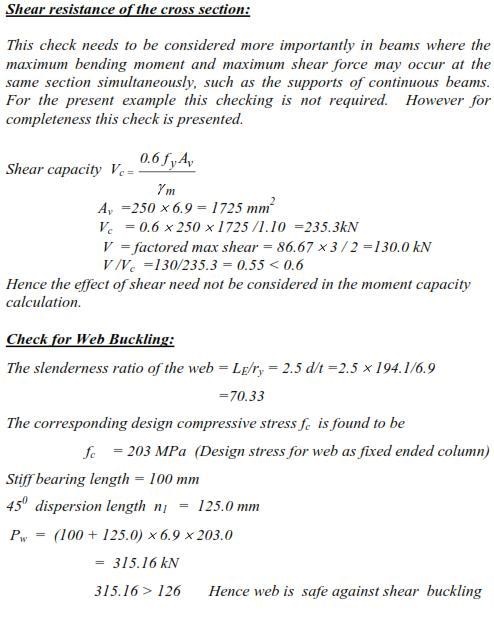
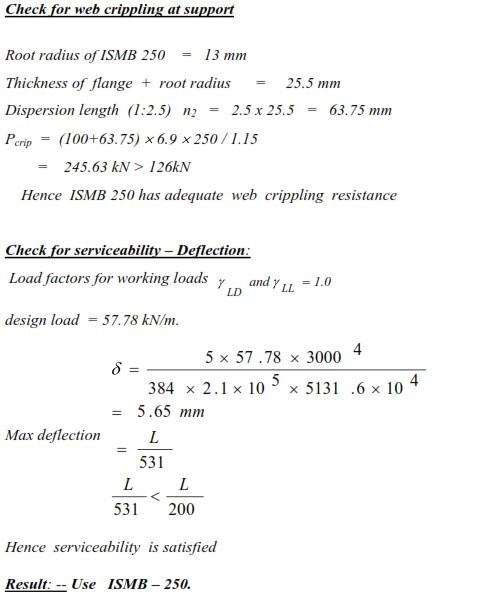
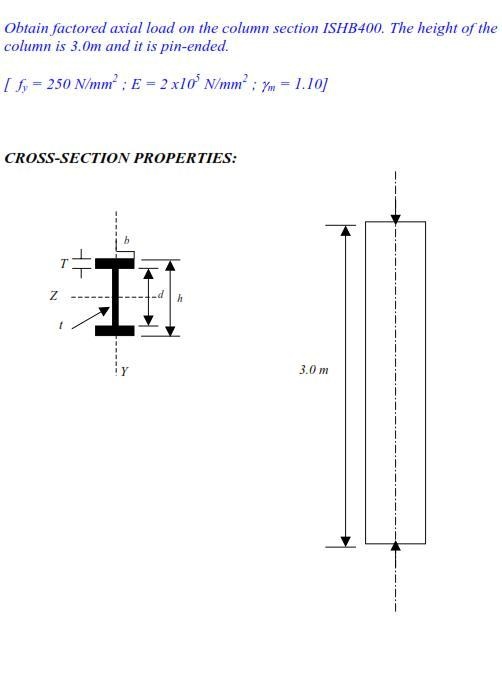
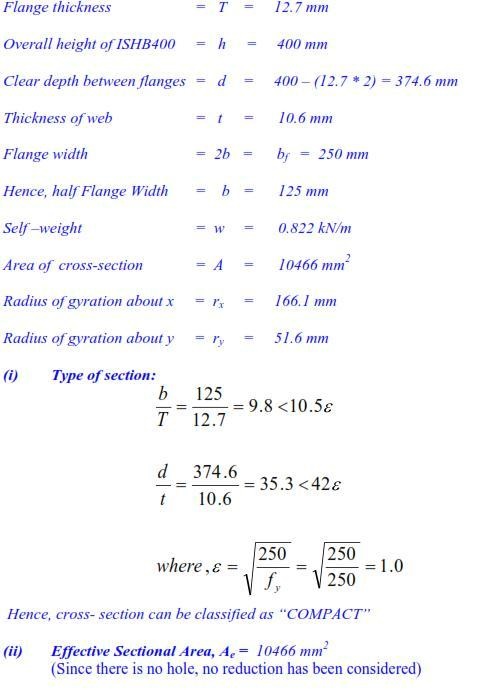
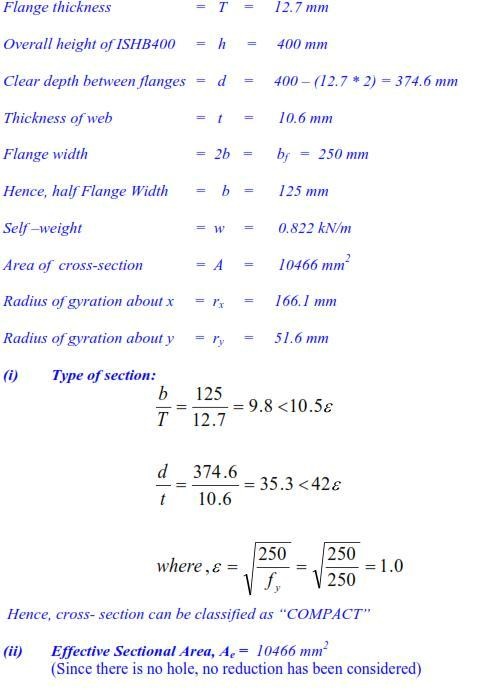
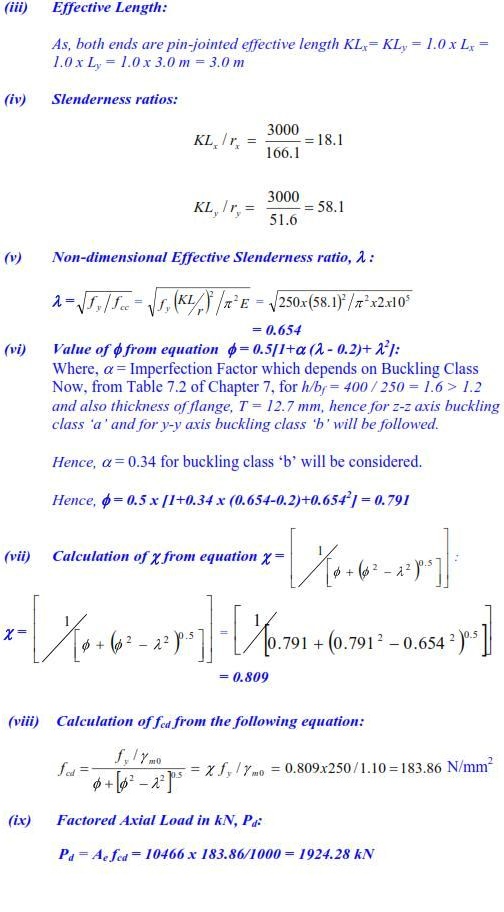
Related Topics